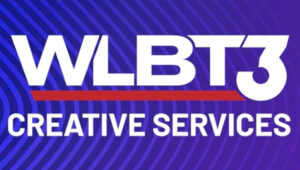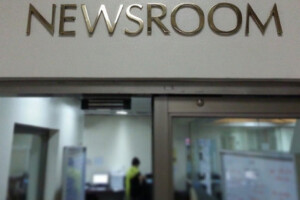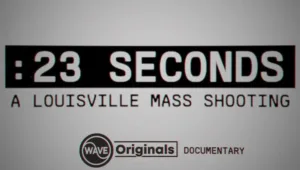Broadcast-Centric Standard Gelling At ATSC
 Proponents for a new broadcast TV transmission standard are putting aside their differences and forming coalitions. ONE Media — a joint venture of Sinclair Broadcast Group and Coherent Logix — and China’s National Engineering Research Center of Digital Television, have agreed to pool technology over the key signaling component of the transmission standard or “physical layer.” According to a source close to the committee, ATSC has accepted the ONE Media/NERC technology, which is currently under final ATSC review.
Proponents for a new broadcast TV transmission standard are putting aside their differences and forming coalitions. ONE Media — a joint venture of Sinclair Broadcast Group and Coherent Logix — and China’s National Engineering Research Center of Digital Television, have agreed to pool technology over the key signaling component of the transmission standard or “physical layer.” According to a source close to the committee, ATSC has accepted the ONE Media/NERC technology, which is currently under final ATSC review.
ONE Media Has One Goal: Next-Gen TV
 Kevin Gage, late of NAB and now CTO of ONE Media, a joint venture of Sinclair Broadcast Group and Coherent Logix, is leading a technical drive to develop a new TV standard that will give stations the ability to broadcast TV signals to smartphones while simultaneously serving all those TV receivers linked to roof-top antennas. “That’s the nut that we’re trying to crack,” he says, adding “and we believe that we have cracked it.”
Kevin Gage, late of NAB and now CTO of ONE Media, a joint venture of Sinclair Broadcast Group and Coherent Logix, is leading a technical drive to develop a new TV standard that will give stations the ability to broadcast TV signals to smartphones while simultaneously serving all those TV receivers linked to roof-top antennas. “That’s the nut that we’re trying to crack,” he says, adding “and we believe that we have cracked it.”
In three weeks, thousands of consumer marketing executives will descend on Las Vegas for the annual Consumer Electronics Show.
NAB’s Smith: Spectrum Crucial To Next-Gen
The NAB president says he welcomes the Advanced Television Systems Committee’s work on creating the next generation of TV technical standards, but emphasizes that for the new over-the-air TV innovations to work, stations must not be forced to give back spectrum.
So Soon? Next-Gen Broadcast TV In Works
When it meets in Washington in two weeks, the Advanced Television Systems Committee board is expected to move forward with plans to develop a new standard for TV broadcasting in the next five to 10 years. It will enable TV stations to broadcast more programming, more reliably to more places and explore new business opportunities. For viewers, it may mean another traumatic transition similar to one leading up to the final June 2009 switch from analog to digital.









































